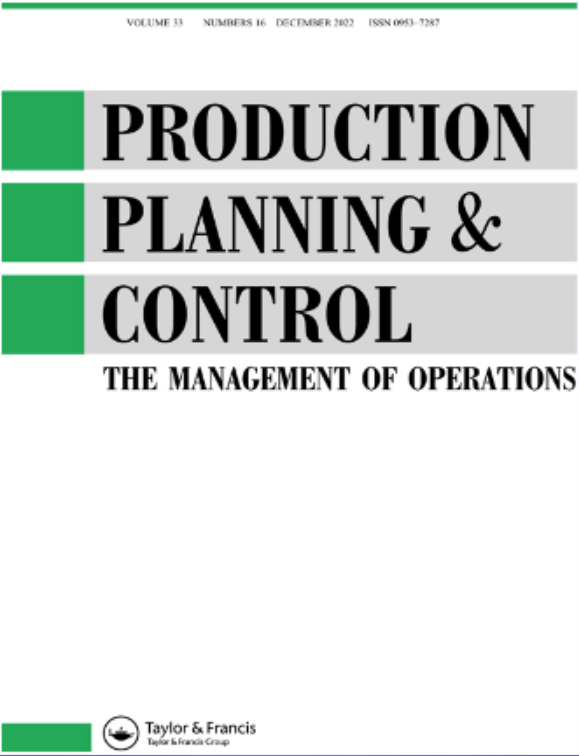理解实施资产管理系统的动机和障碍:工程实物资产的实证研究
IF 5.4
3区 管理学
Q1 ENGINEERING, INDUSTRIAL
引用次数: 12
摘要
本研究通过从多学科的角度探索新兴的资产管理学科,并通过更好地理解资产密集型组织采用资产管理系统(AMS)的动机和障碍,为文献做出了贡献。为此,作者概念化和探索了AMS的核心主题,并将这一新的知识体系与正式引入AMS的组织动机和障碍联系起来。该研究收集并分析了斯洛文尼亚处理工程资产组织的93名中高层管理人员的经验数据。应用偏最小二乘路径模型得到的结果表明,内部动机,如更好地控制操作过程和持续改进,是引入AMS的主要驱动因素。文件和官僚主义的潜在增加以及缺乏资源被确定为实施辅助医疗服务的主要障碍。通过评估促进和抑制AMS正式实施的因素,该研究为制定战略以促进资产管理这一新颖而重要的学科提供了重要的见解。本文章由计算机程序翻译,如有差异,请以英文原文为准。
Understanding motives for and barriers to implementing asset management system: an empirical study for engineered physical assets
Abstract This study contributes to the literature by exploring, from a multidisciplinary viewpoint, the emerging discipline of asset management, and by providing a better understanding of the motives for and barriers to asset-intensive organisations’ adoption of asset management systems (AMS). To this end, the authors conceptualise and explore the core themes of AMS, and link this novel body of knowledge to organisational motives for and barriers to the formal introduction of AMS. The study collects and analyses empirical data from 93 middle/senior managers in Slovenian organisations dealing with engineered assets. The results, obtained by applying partial least squares path modelling, show that internal motives, such as better control of operational processes and continuous improvement, are the main drivers of the introduction of AMS. The potential increase in documentation and bureaucracy, and lack of resources, were identified as the main barriers to AMS implementation. By assessing the factors that facilitate and inhibit formal AMS implementation, the study provides important insights into developing strategies to promote the novel and important discipline of asset management.
求助全文
通过发布文献求助,成功后即可免费获取论文全文。
去求助
来源期刊

Production Planning & Control
管理科学-工程:工业
CiteScore
19.30
自引率
9.60%
发文量
72
审稿时长
6-12 weeks
期刊介绍:
Production Planning & Control is an international journal that focuses on research papers concerning operations management across industries. It emphasizes research originating from industrial needs that can provide guidance to managers and future researchers. Papers accepted by "Production Planning & Control" should address emerging industrial needs, clearly outlining the nature of the industrial problem. Any suitable research methods may be employed, and each paper should justify the method used. Case studies illustrating international significance are encouraged. Authors are encouraged to relate their work to existing knowledge in the field, particularly regarding its implications for management practice and future research agendas.
 求助内容:
求助内容: 应助结果提醒方式:
应助结果提醒方式:


